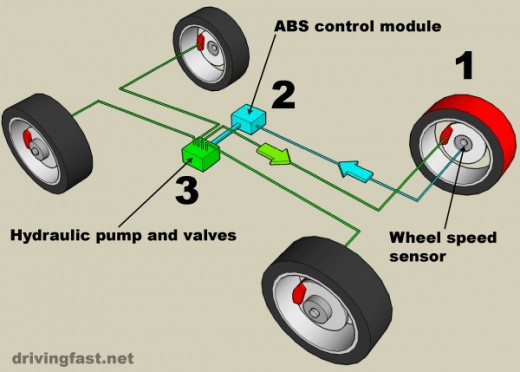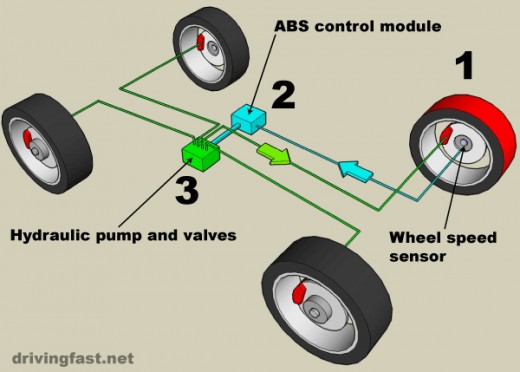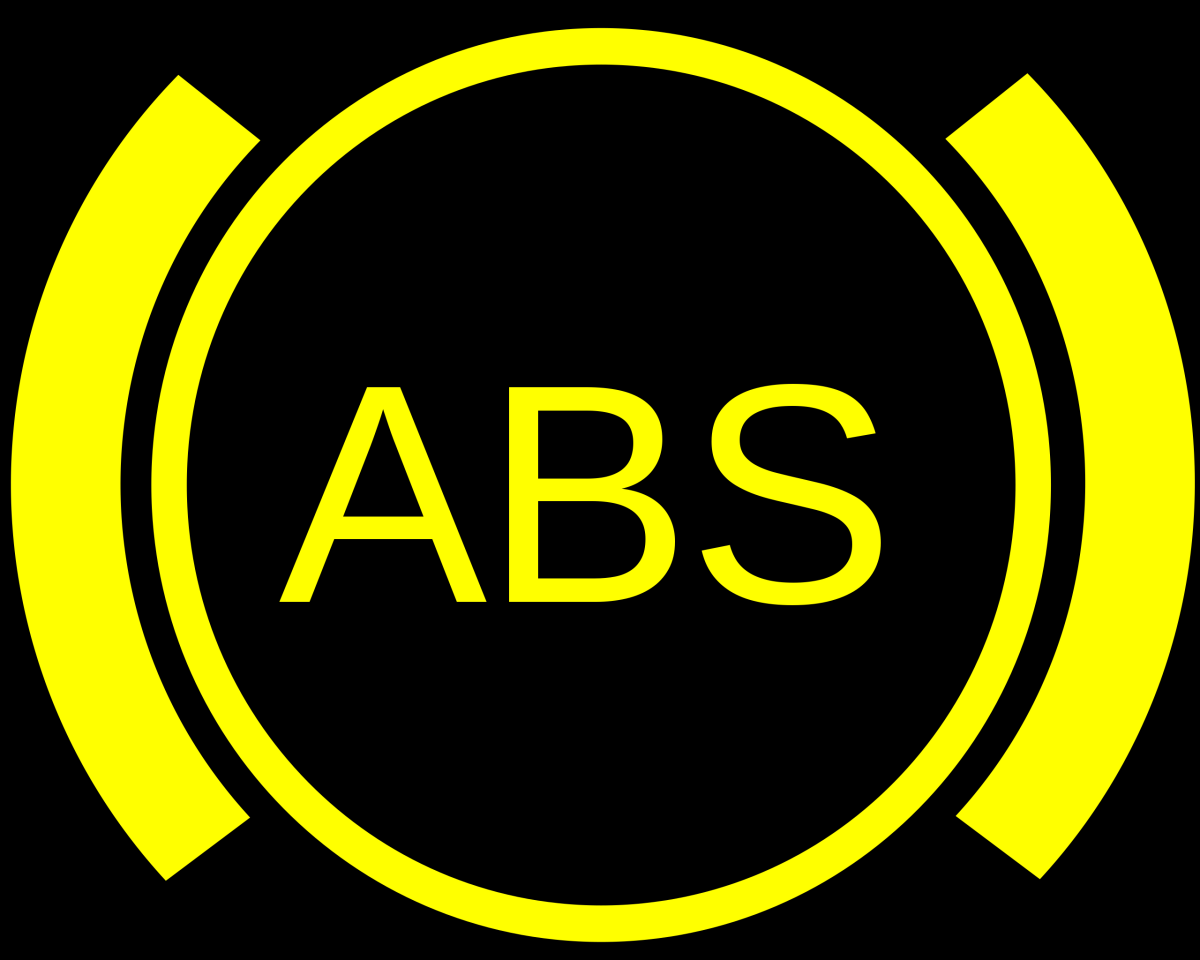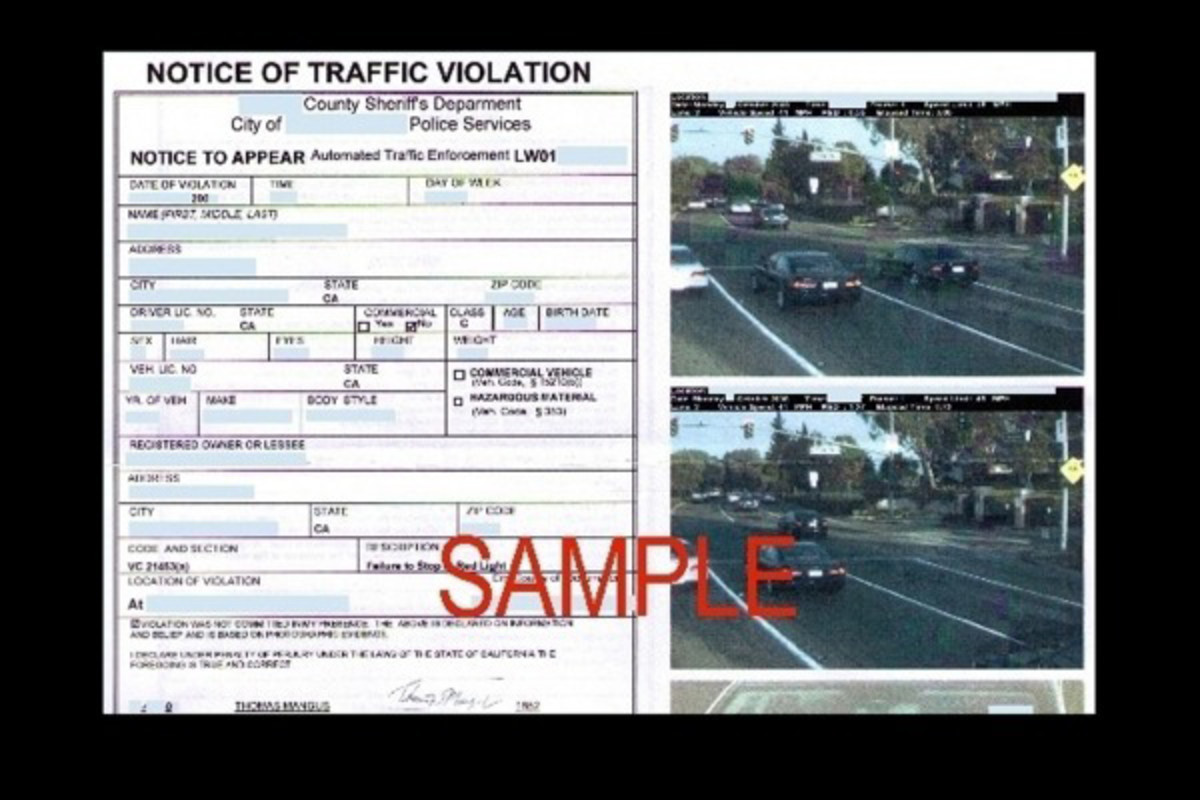Understanding the working of ABS


ABS Trivia
view quiz statisticsABS demistified
Those of you driving cars must have encountered situations at least once where you need to brake your vehicle hard and quick to avert any possible collisions. Some of you must have heard a wild screeching sound along with skidding of the vehicle. While others might have went through the whole situation rather gracefully. So, is this difference due to the individual driver's skills or is there something else?
Driver skills apart, this was more a question whether or not your cars were equipped with a special feature. This special feature incorporated in almost all modern cars of today is called the Anti-Lock Braking System or ABS. Let's understand what it is and how it works.
Anti Lock Braking System (ABS)
An antilock braking system is a safety feature on most modern automobiles which prevents the car wheels from locking up in case of intense braking or on slippery paths. In other words, it prevents the vehicle from skidding along the surface by maintaining traction with ground. It gives a much improved vehicle control on twisted and tortuous roads and increased stability. Although it increases the braking distance very slightly on loose and slippery surfaces, it provides overall safety to the car and the passengers.
When a car having a normal braking system is braked suddenly, all four wheels lock up due to jamming of the brake pads against the discs/drums. As a result, the car starts to skid and this takes the control away from the driver. What ABS does is that it keeps the wheel rotating by pulsing the brake pads thus maintaining traction with the ground without taking away the steering control. The driver can brake and steer at the same time to avoid imminent collision without losing control.
The ABS Structure
The ABS consists of certain interlinked components that help it achieve its intended purpose. They are as follows:
- Speed sensors
- Valves
- Pump
- Controller
Speed Sensors
Wheels lock up at a certain speed and braking pressure applied through the brake pedal. This speed is critical for activating the ABS. Hence, there needs to be a component for sensing this threshold speed. A speed sensor, which is an electronic component, is located at each of the four wheels and measures the speed at which the wheels are about to lock up. It sends a signal to the controller whenever it encounters that speed.
Valves
The ABS achieves what is called ‘pulsing’ of the brakes by rapidly releasing pressure and then building it up. One of the components used for this pressure regulation is a valve. Valves govern when to allow whole of the pressure from the master cylinder to the brake and when to shut it off either fully or partially. Valves are located in the brake circuit or the brake lines leading from the master cylinder to the brakes.
Pump
Pump is the associate of valves and does the job of building the pressure back on the brakes. Both pump and valves work in tandem to create the pulsing effect.
Controller
The controller is the central unit which receives signals from the wheel sensors and accordingly transmits the signals to activate the ABS modulator (valves and pump). This is the intelligent part of the system and parameters such as wheel lock up speed, pressure variation i.e. minimum and maximum pressure values at the brake pads, acceleration and deceleration values are continuously monitored by it.
So what the ABS does is that it leads to safer and faster braking under emergency conditions while still providing the steering control to the driver by modulating the braking pressure at the wheels.
How to use ABS ?
ABS will activate itself whenever it senses possible wheel lockup. It lets the wheels decelerate up to the point when they are just about to lock up and accelerate it again. It repeats this cycle until the vehicle stops. You only need to push the brake pedal hard and ABS will get activated and do the rest for you. If you need to turn and brake simultaneously to avoid hitting an obstacle ahead, you can use the steering wheel as well keeping the brake pedal depressed.
Here's a quick guide to using ABS
- Depress the brake pedal hard all the way to the maximum position.
- Keep it pressed, you will feel a pulsing effect at the brake pedal.
- Steer if you want, keeping the brake pedal depressed.
ABS can be of immense help not only under emergency situations but also increases driver control and steering response under the same. On surfaces such as ice and snow, wheel traction can be lost easily even at low speeds. ABS is of great help in such cases. If ABS is properly equipped with wheel sensors on all four wheels, then it also aids vehicle control while one wheel or one set of wheels are on a different surface. For e.g. if one set of side wheels are on tarmac and the other set on surface like dirt or gravel, then ABS will detect different speeds of the two sets of wheels under braking and thus prevent the car from spinning out of control. It also keeps a vehicle along the path when bending a corner. However, when a vehicle is entirely on a loose surface such as sand or gravel, ABS will increase braking distances but still maintain steering control. Remember that ABS is not something that you cannot live without. It is not exactly required under normal driving conditions but in critical situations it can be a life saver.

ABS in action in a TOYOTA Prius
Read about fuss free computer maintenance
- How to keep your computer fast and clean
Troubled by a slow computer? Then follow these simple tips to give yourself peace of mind with your computer.






